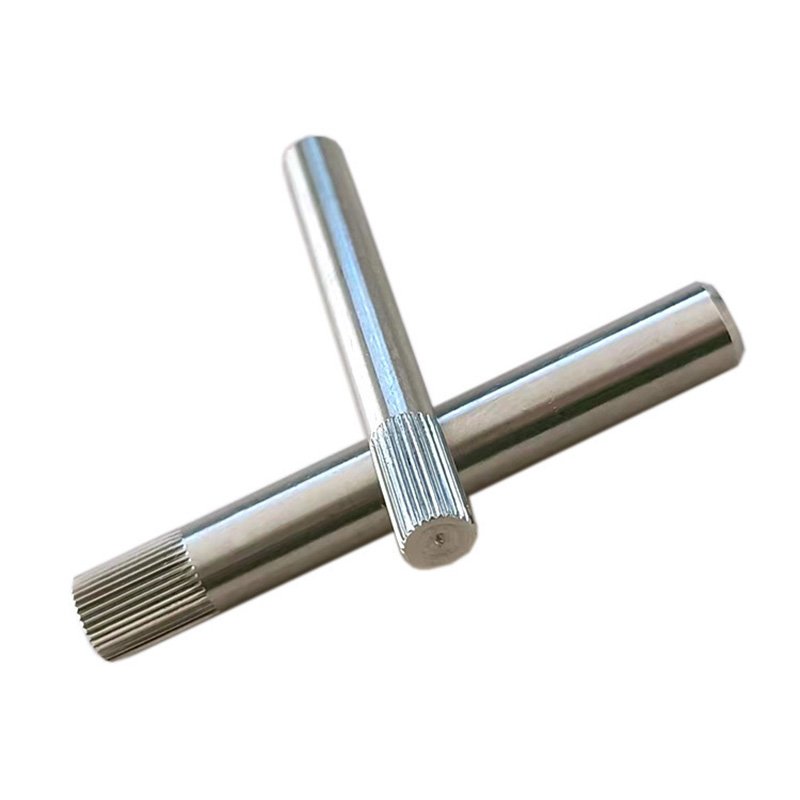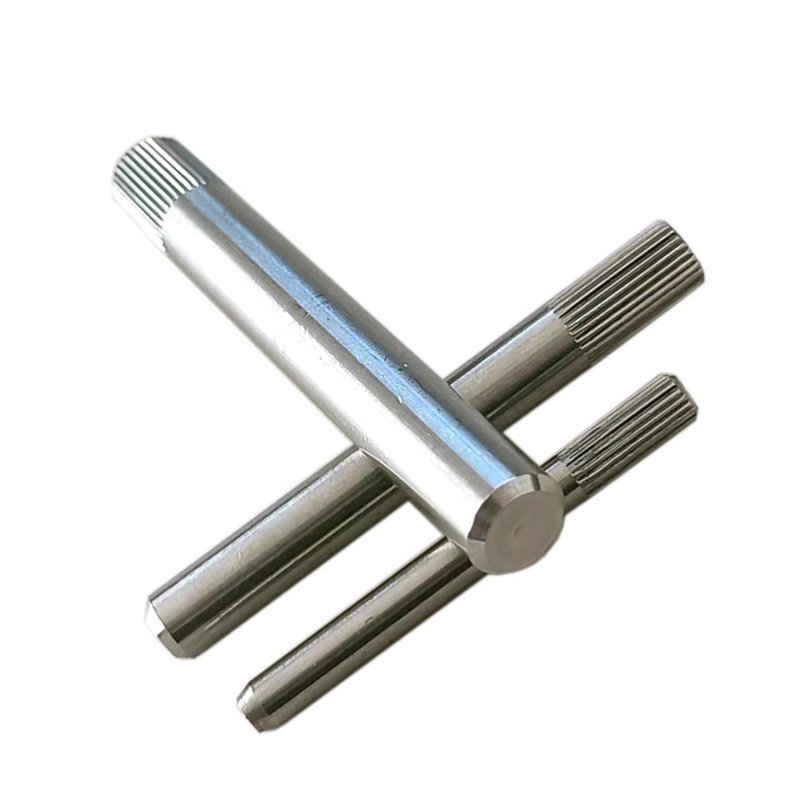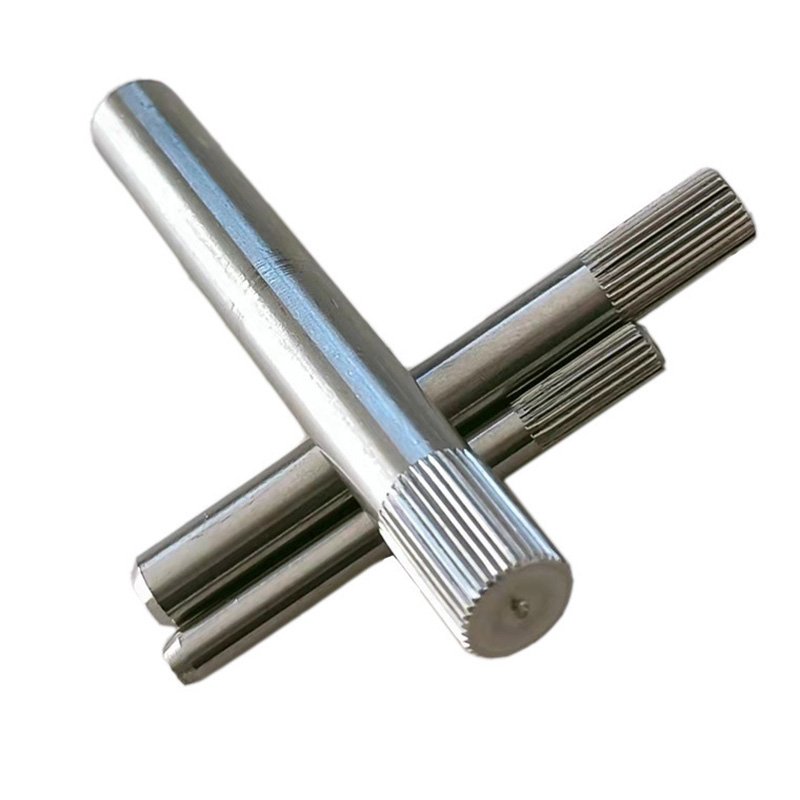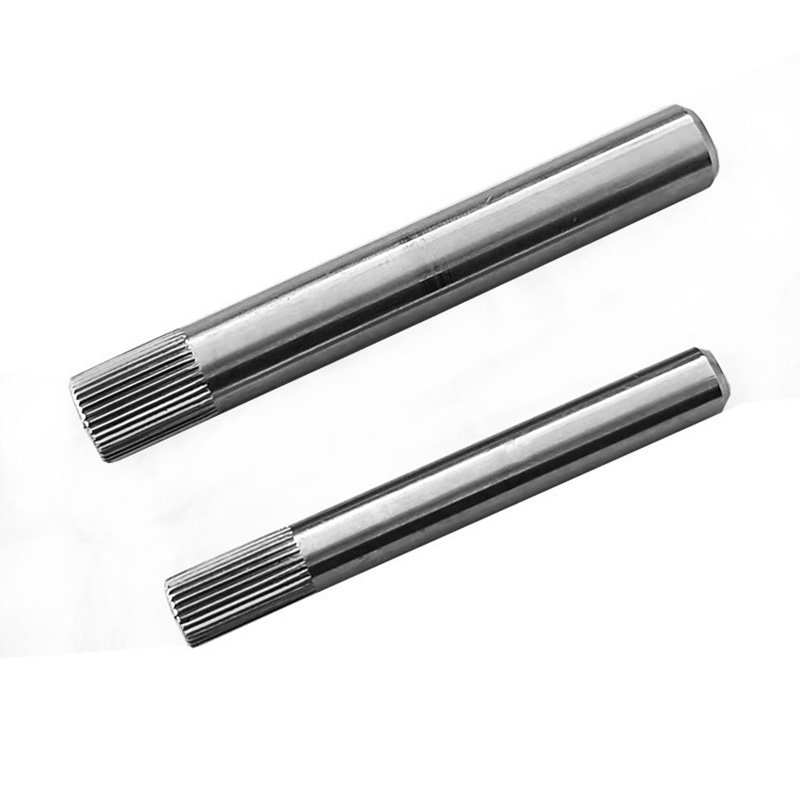Positioning pins are fundamental components in mechanical engineering and manufacturing, designed to ensure precise alignment and secure assembly of parts. These small yet critical components play a vital role in maintaining the accuracy and repeatability of assemblies across various industries. This article provides a detailed overview of positioning pins, their types, applications, and key considerations for selection and use.
What Are Positioning Pins?
Positioning pins, also known as alignment pins or dowel pins, are cylindrical or tapered components used to align and secure parts in a precise position during assembly. They are typically installed in holes or bores to ensure that components are correctly positioned relative to each other. Positioning pins are available in various designs and materials to suit different applications and requirements.
Key Functions of Positioning Pins
- Alignment: Ensure precise alignment of components during assembly.
- Load Bearing: Provide support and stability under mechanical loads.
- Repeatability: Enable consistent and repeatable assembly processes.
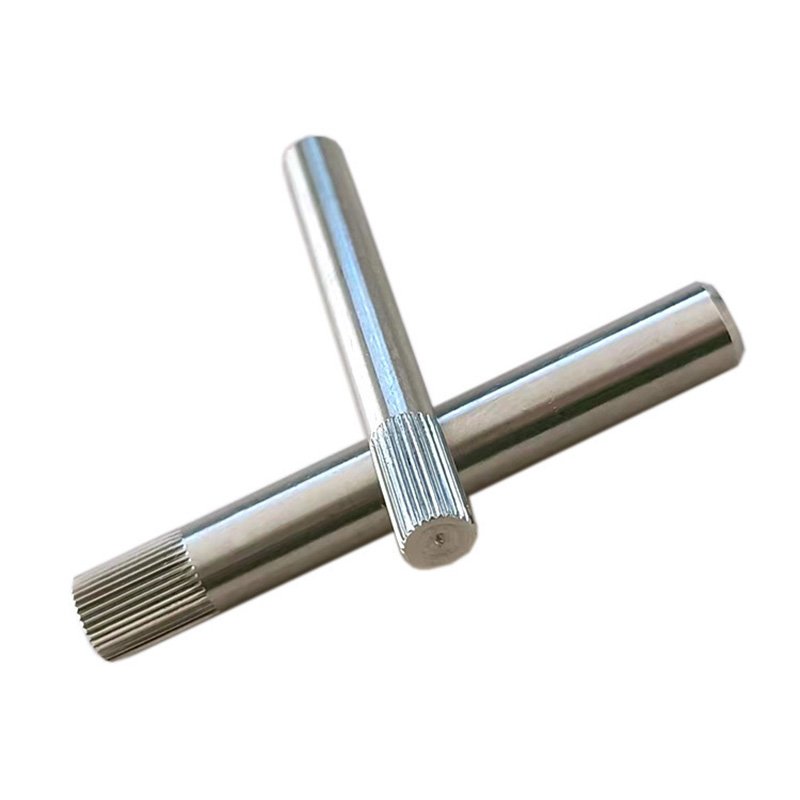 Types of Positioning Pins
Types of Positioning Pins
Positioning pins come in a variety of designs to suit different applications. Below are some of the most common types:
1. Straight Pins
- Design: Cylindrical pins with a uniform diameter.
- Applications: Used for general alignment and positioning in jigs, fixtures, and machinery.
2. Tapered Pins
- Design: Pins with a gradually decreasing diameter.
- Applications: Ideal for applications requiring tight fits and easy removal, such as aligning heavy machinery components.
3. Shoulder Pins
- Design: Pins with a stepped diameter, featuring a larger shoulder for added support.
- Applications: Used in assemblies requiring precise axial positioning, such as in automotive transmissions.
4. Grooved Pins
- Design: Pins with grooves or knurls for improved grip.
- Applications: Suitable for applications requiring high retention force, such as in aerospace assemblies.
5. Threaded Pins
- Design: Pins with external or internal threads for secure fastening.
- Applications: Used in assemblies requiring both alignment and clamping force, such as in industrial machinery.
Applications of Positioning Pins
Positioning pins are used across a wide range of industries and applications, including:
1. Automotive Manufacturing
- Example: In engine assembly, positioning pins ensure precise alignment of cylinder heads and blocks.
2. Aerospace
- Example: In aircraft assembly, positioning pins are used to align and secure critical components like wing sections and landing gear.
3. Medical Devices
- Example: In surgical instruments, positioning pins ensure precise alignment of moving parts.
4. Industrial Automation
- Example: In robotic arms, positioning pins align and secure joints and linkages.
5. Consumer Electronics
- Example: In smartphone assembly, positioning pins ensure precise alignment of circuit boards and casings.
Selection Criteria for Positioning Pins
When selecting positioning pins, consider the following factors:
1. Material
- Steel: Offers high strength and durability for heavy-duty applications.
- Stainless Steel: Provides corrosion resistance for harsh environments.
- Aluminum: Suitable for lightweight applications.
- Plastic: Ideal for applications requiring electrical insulation or reduced weight.
2. Tolerances
- Precision: Ensure the pins meet the required dimensional and geometric tolerances for your application.
- Surface Finish: Consider the surface finish to reduce friction and wear.
3. Load Requirements
- Axial Loads: Choose pins with sufficient strength to withstand axial forces.
- Radial Loads: Ensure the pins can handle radial forces without deformation.
4. Environmental Conditions
- Temperature: Select materials that can withstand the operating temperature range.
- Corrosion: Choose corrosion-resistant materials for harsh environments.
Installation and Maintenance Tips
1. Installation
- Tools: Use appropriate tools like arbor presses or hydraulic presses for safe and efficient installation.
- Alignment: Ensure the pin is properly aligned during installation to prevent misalignment.
2. Maintenance
- Inspection: Regularly check for signs of wear, deformation, or corrosion.
- Replacement: Replace pins that show signs of damage or wear to prevent failure.
Common Issues and Solutions
1. Wear and Tear
- Issue: Pins may wear out over time due to friction and load.
- Solution: Choose materials with high wear resistance and perform regular maintenance.
2. Corrosion
- Issue: Steel pins may corrode in harsh environments.
- Solution: Use stainless steel or coated pins for corrosion resistance.
3. Improper Fit
- Issue: Pins may not fit securely if the dimensions are incorrect.
- Solution: Verify dimensions and tolerances during the design phase.
Conclusion
Positioning pins are indispensable components in mechanical systems, providing precise alignment and secure assembly for a wide range of applications. By understanding the different types, selection criteria, and maintenance practices, you can ensure optimal performance and longevity of your assemblies. Whether you’re working in automotive manufacturing, aerospace, or consumer electronics, positioning pins are a critical part of your success.

